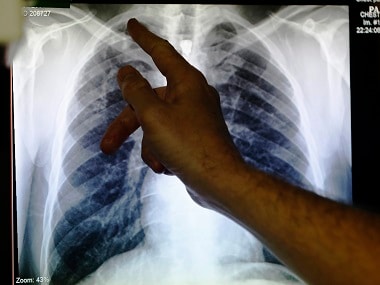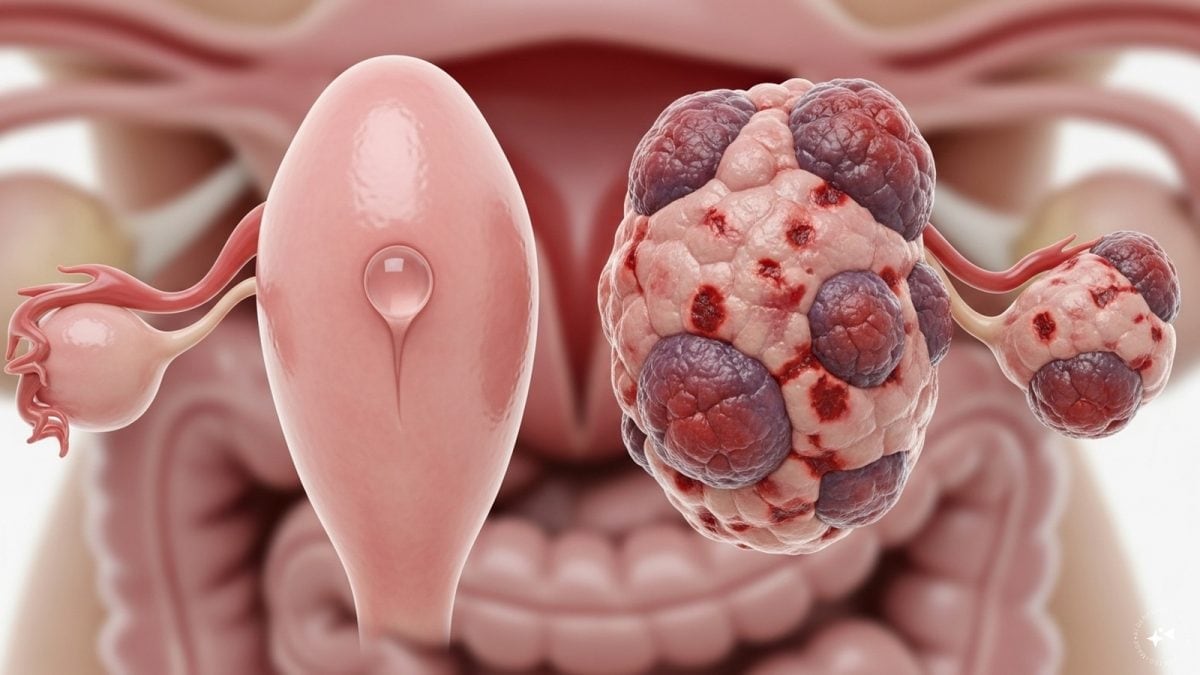Indian patients who get bronchiectasis suffer worse than Europeans and Americans who contract the same respiratory disorder, according to research published in The Lancet Global Health (TLGH) journal. Dr Raja Dhar of the Department of Chest and TB, Fortis Hospital, Kolkata, and 61 other doctors from around the country, shared their findings in the article ‘Bronchiectasis in India: results from the European Multicentre Bronchiectasis Audit and Research Collaboration (EMBARC) and Respiratory Research Network of India Registry’, published in the September issue of TLGH. [caption id=“attachment_3051654” align=“alignleft” width=“380”]  Representational image. Reuters[/caption] Approximately 566 in 100,000 people in high-income countries suffer from bronchiectasis. The Lancet study said that while India-specific data on the prevalence of bronchiectasis aren’t available, patients here are more likely to be male, as young as 56 years, and quite likely to have had tuberculosis in the past. “Previous tuberculosis (35·5% of 2,195 cases studies) was the most frequent underlying cause of bronchiectasis and Pseudomonas aeruginosa was the most common organism in sputum culture (13·7%) in India,” the researchers wrote in ‘Bronchiectasis in India’. Bronchiectasis is a chronic medical condition marked by an abnormal and permanent widening of the respiratory airways. Most doctors describe the condition as a type of chronic obstructive pulmonary disease (COPD). People suffering from this disease can find it hard to cough out phlegm, and eventually, become susceptible to a host of bacterial and fungal diseases. If untreated, the disease can prove fatal. In most cases, awareness is the first important step towards managing the condition. Here’s a quick take of everything you need to know about bronchiectasis: What to watch out for? Bronchiectasis is a vicious cycle of chronic infections and inflammation that damage the airways which, in turn, makes a patient more susceptible to infections. Over time, the patients’ lungs lose their basic function of conducting air. Unavailability of a proper treatment adds fuel to the fire: patients are likely to die from a host of other infectious diseases. Typically, doctors use lung scans, sputum tests, bronchoscopy and chest scan to identify the disease. While there is no specific and effective treatment of bronchiectasis, The Lancet study said that antibiotics, comedolytics, mucolytics and physiotherapy can help to manage the disease by providing symptomatic relief. In a 2014 standard treatment guideline, the Madhya Pradesh department of public health and family welfare recommended: “annual vaccination against Pneumococcus in high-risk cases, prompt treatment of upper respiratory tract infections, physiotherapy, and early antibiotic treatment” in cases where patients report a change in the colour of the sputum. The state health department also advised that patients stop smoking altogether. What next? In 2015, EMBARC extended its network to India to explore the unique features of non-cystic fibrosis bronchiectasis on the sub-continent. The findings would not have come as a shock if we had a more extensive disease registry in India: bronchiectasis usually develops after a severe infection. Tuberculosis, which affects nearly 2.8 million Indians, is one such infection. Poor monitoring and late diagnosis give the disease time to develop, making diagnosis and treatment even more complicated in Indian patients. The good news is that the government is stepping up the TB eradication programme for a TB-mukt (free) nation by 2025 - in 2018, India spent an estimated $580 million on its TB programme. Our challenge in India now is to develop a comprehensive disease registry, and a robust mechanism for monitoring respiratory disorders - a formidable task, given the size of this country. Health articles in Firstpost are written by myUpchar.com, India’s first and biggest resource for verified medical information. At myUpchar, researchers and journalists work with doctors to bring you information on all things health. To know more on this topic, please visit https://www.myupchar.com/en/disease/bronchiectasis
People suffering from bronchiectasis can find it hard to cough out phlegm, and eventually, become susceptible to a host of bacterial and fungal diseases.
Advertisement
End of Article


)

)
)
)
)
)
)
)
)



